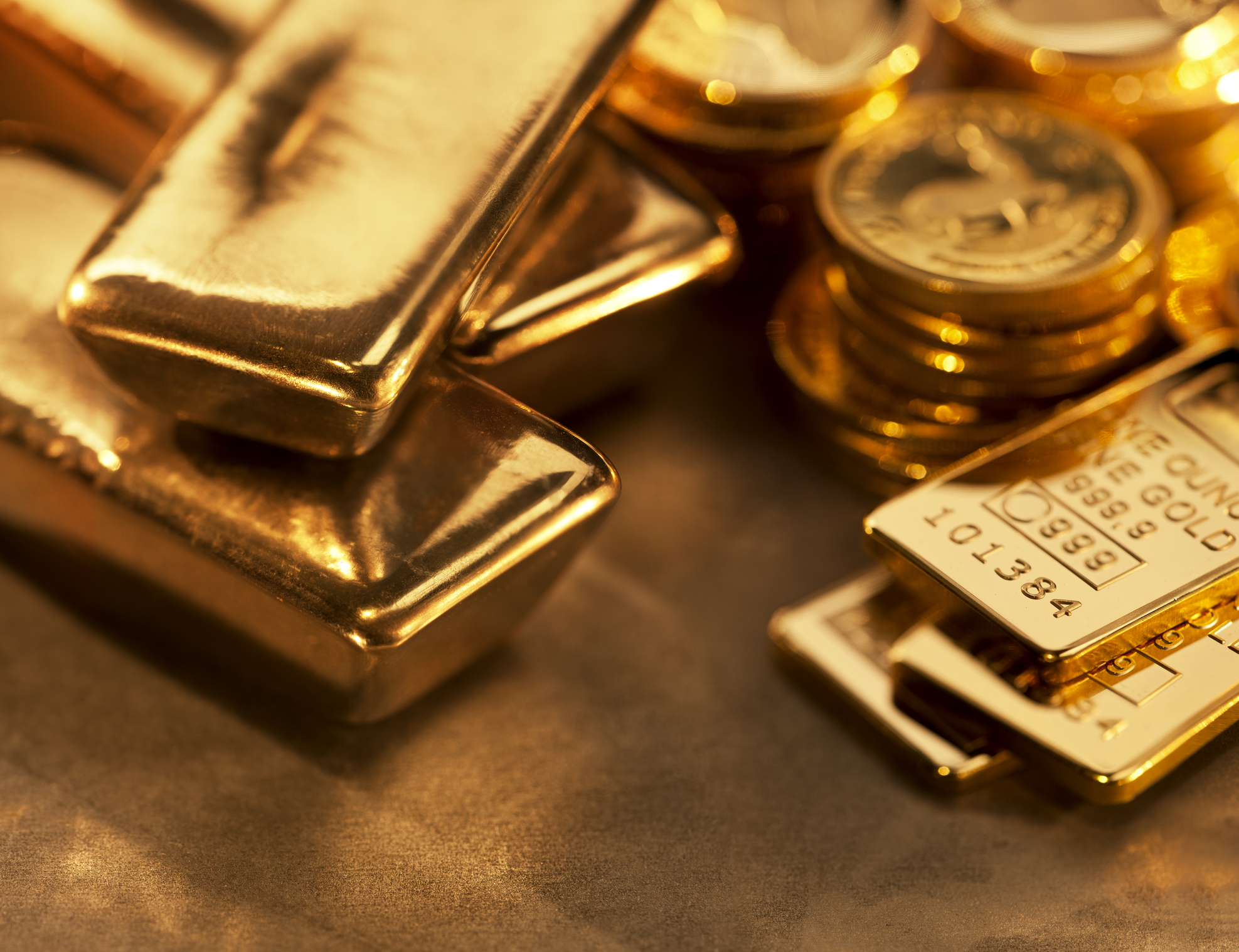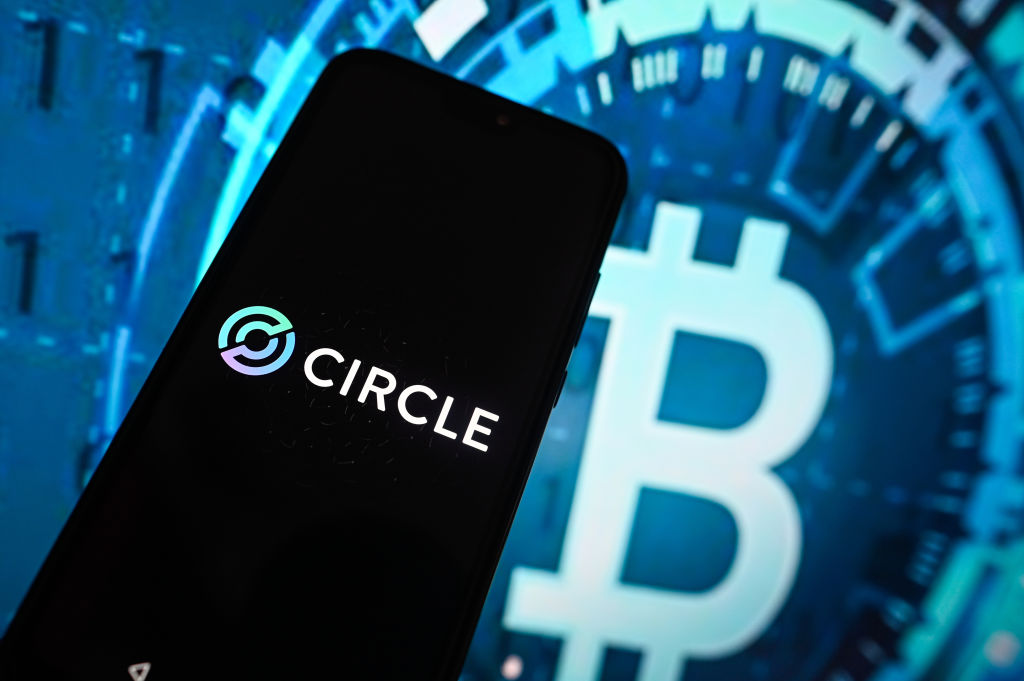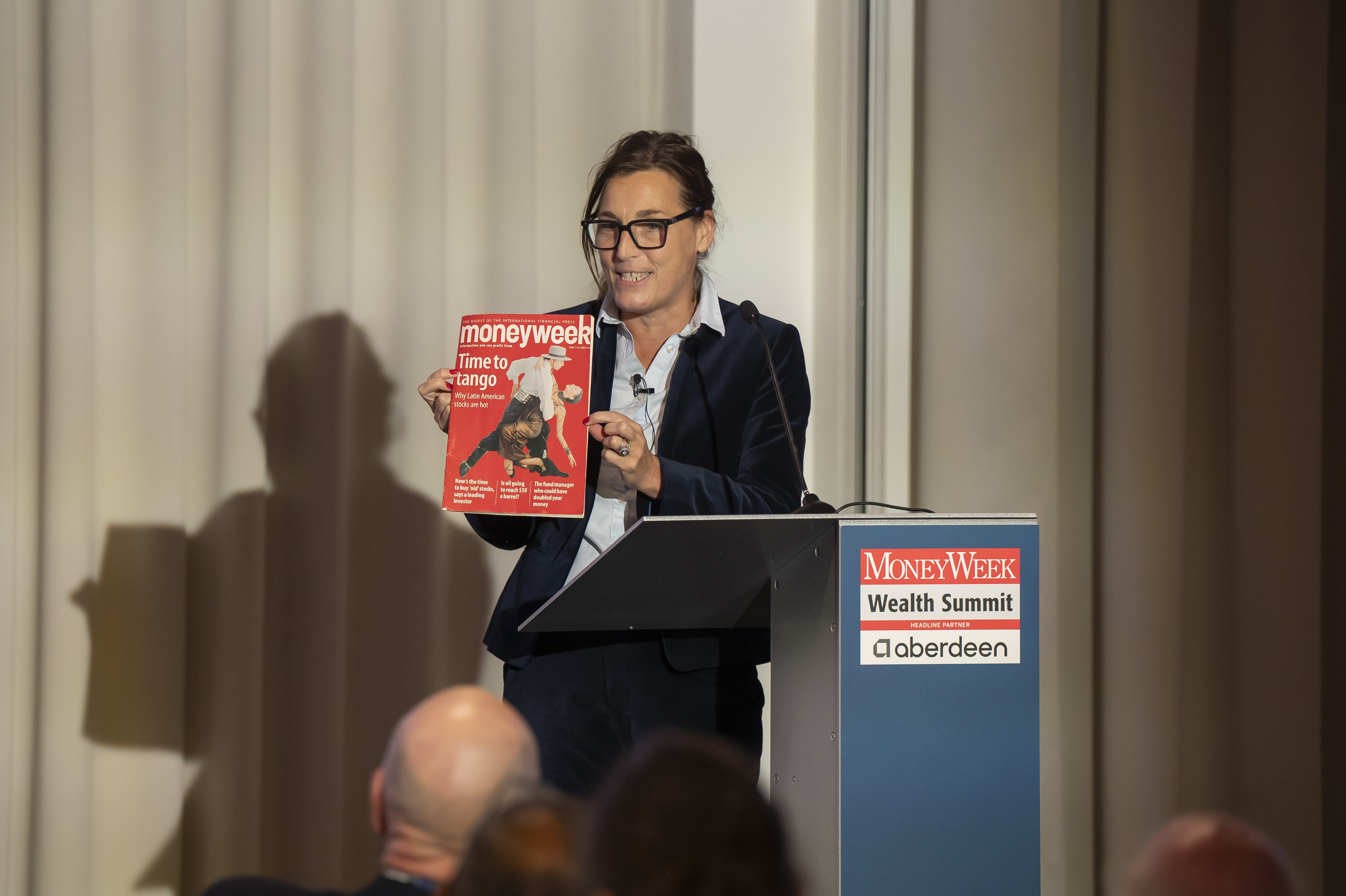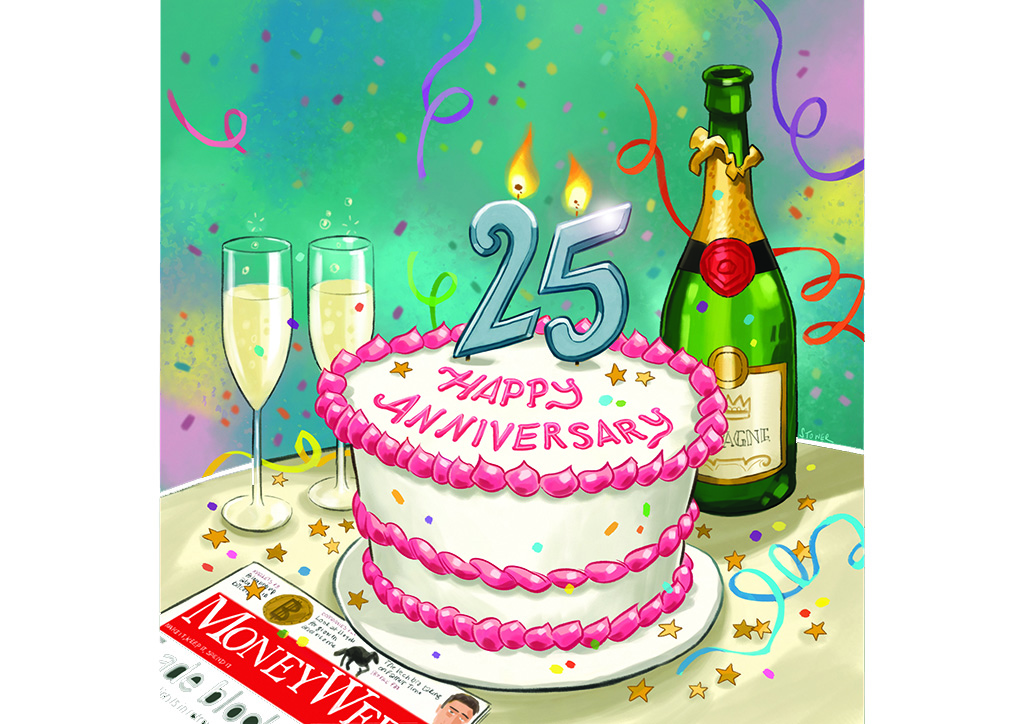Gold’s allure and why you should never 'pay a premium for graded coins'
It is easy to become distracted by the beauty of gold, but remember why you buy it, says Dominic Frisby


The gold at the Museo del Oro in Bogotá, Colombia, is one of the most stunning collections you will ever see – diadems, helmets and crowns, rings, necklaces and bracelets, beads and breastplates, even fishhooks and penis covers. The smiths of ancient South and Central America were quite brilliant artisans. The Spaniards who saw their work said Aztec goldsmiths were more skilled than their European counterparts.
In Mexico, the conquistadors found life-size figures of men and women, great jars and pitchers, half pottery-half gold vases sculpted in relief with birds, animals and insects, and more. In Peru and Ecuador, the conquistadors found miniature gardens made of gold – earth of gold granules, gold cornstalks, and gold figures of men and llamas.
Unfortunately, what sits in the Museo del Oro is just a fraction of what was made. The Spaniards valued bullion on weight alone, ascribing no value to art, beauty or workmanship. What they sent to their king intact got melted down once back in Europe. “What was being destroyed was more perfect than anything they enjoyed and possessed,” said a young priest travelling with the conquistador Francisco Pizarro.
MoneyWeek
Subscribe to MoneyWeek today and get your first six magazine issues absolutely FREE

Sign up to Money Morning
Don't miss the latest investment and personal finances news, market analysis, plus money-saving tips with our free twice-daily newsletter
Don't miss the latest investment and personal finances news, market analysis, plus money-saving tips with our free twice-daily newsletter
The conquistadors were by no means alone in this. It has happened repeatedly through history. Though gold may last, art made from gold rarely does. People always seem to melt it down. That should mean ancient gold workings should command an even higher premium for their antiquity, because they have survived the meltdown risk. But for some reason, it doesn’t seem to work like that.
You can’t destroy gold, as I’m sure you know. It lasts forever and never loses its shine. It was present in the dust that formed the solar system, and sits in the Earth’s crust today, just as it did when our planet was formed some 4.6 billion years ago.
That means that little bit of gold you may be wearing on your finger or around your neck is actually older than the Earth itself. In fact, it is older than the solar system. Who knows? It might once have adorned a pharaoh or sat in a conquistador’s treasure chest. Gold may be antique, but it’s very rare that you get vast premiums for its antique value.
The gold coinage that never was
If you buy a gold sovereign minted recently, you would typically pay £600 to £630. For a Victorian sovereign minted 150 years ago or more – which has the same gold content – you would pay £660 to £680. So, for all that history and antique value, you pay just 10%. Sovereigns are not uncommon. A billion are thought to have been struck. So you get little rarity value. But even so, you’d think you would get more of a premium.
The main exception is the 1937 sovereign struck for Edward VIII. Since he abdicated a few weeks before the coins were struck, they were never circulated. They are often called the “coinage that never was”, and only a few were ever minted. One sold in 2020 for £1 million. That’s quite the premium. But this is rare.
About ten years ago, I picked up a Justinian solidus, minted in 600AD – the solidus was the dominant coin of the Mediterranean after the Roman aureus. I got it for a 20% premium to the spot value of the metal. And I bought it from a shop in W1, so I was paying the Mayfair premium too.
An ingot recovered from the SS Central America, which famously sank off the Carolina coast in 1857 carrying Californian gold to New York (and triggered a financial panic because so much bullion was lost), recently went up for auction. It weighed 649 ounces, but it was only 21-carat gold (.875 purity). If melted down, you would have 568 ounces of pure gold, which, at today’s price of $3,300 per ounce, would have a spot value of $1.9 million. It sold for $2.1 million, including the buyer’s premium – little more than the spot value, in other words.
Antique gold very rarely catches the huge premium you might think it deserves. Unscrupulous coin dealers will often try to flog you graded coins. If a dealer tells you that some recent sovereign, for example, is extremely rare, that it was one of the last coins minted under Queen Elizabeth II, or some such, and that it has been graded and has a special certificate and blah blah... and it therefore carries a huge premium, they are trying to pull a sly one.
The reality is that the extra premium paid is almost impossible to claw back when you come to sell. In almost all cases, they are trying to rip you off. Don’t pay a premium for graded coins.
A dealer might buy a large stock of coins from the Royal Mint. Coins are often of a slightly different quality. Dealers then send them off and pay a small fee to get them graded according to their “Mint State”. The scale ranges from MS-60 to MS-70, with MS-70 being a perfect, flawless coin. They then charge a large premium for coins with high grades, even though they barely paid any premium when they bought the coins.
The margins when dealing in gold are on the slim side – sometimes just a few percent. But if they get an additional premium for the rarity, that margin can rise to 100%. No wonder there are so many unscrupulous salesman trying to flog graded coins.
Fractional coins – quarter or half sovereigns, for example – or older coins do trade at a higher (though not enormous) premium. These can trade for 15 - 20% above the spot value of the gold content. But you are likely to get that back when you sell.
You are not buying gold to try and be clever and hope that your coin gets some kind of rarity value. In most cases, that will not happen. There are clever people who know this market better than you already playing this game. Don’t get involved is my advice. Your priority is to get as much gold for your money as possible. You are buying gold to preserve purchasing power, not to lose it.
This article was first published in MoneyWeek's magazine. Enjoy exclusive early access to news, opinion and analysis from our team of financial experts with a MoneyWeek subscription.
Get the latest financial news, insights and expert analysis from our award-winning MoneyWeek team, to help you understand what really matters when it comes to your finances.
Dominic Frisby (“mercurially witty” – the Spectator) is as far as we know the world’s only financial writer and comedian. He is the author of the popular newsletter the Flying Frisby and is MoneyWeek’s main commentator on gold, commodities, currencies and cryptocurrencies. He has also taken several of his shows to the Edinburgh Festival Fringe.
His books are Daylight Robbery - How Tax Changed our Past and Will Shape our Future; Bitcoin: the Future of Money? and Life After the State - Why We Don't Need Government.
Dominic was educated at St Paul's School, Manchester University and the Webber-Douglas Academy Of Dramatic Art.
You can follow him on X @dominicfrisby
-
 Boost for over 100,000 families on Child Benefit as new HMRC payment system rolled out
Boost for over 100,000 families on Child Benefit as new HMRC payment system rolled outThousands of households will no longer have to pay the dreaded High Income Child Benefit Charge through self-assessment
-
 Are you being haunted by the ghost of Christmas past? How festive cutbacks could boost your long-term wealth
Are you being haunted by the ghost of Christmas past? How festive cutbacks could boost your long-term wealthThe average family spends around £1,000 over the Christmas season. Here’s how much you could have gained if you had invested some of the money instead.
-
 Metals and AI power emerging markets
Metals and AI power emerging marketsThis year’s big emerging market winners have tended to offer exposure to one of 2025’s two winning trends – AI-focused tech and the global metals rally
-
 Circle sets a new gold standard for cryptocurrencies
Circle sets a new gold standard for cryptocurrenciesCryptocurrencies have existed in a kind of financial Wild West. No longer – they are entering the mainstream, and US-listed Circle is ideally placed to benefit
-
 Key lessons from the MoneyWeek Wealth Summit 2025: focus on safety, value and growth
Key lessons from the MoneyWeek Wealth Summit 2025: focus on safety, value and growthOur annual MoneyWeek Wealth Summit featured a wide array of experts and ideas, and celebrated 25 years of MoneyWeek
-
 Isaac Newton's golden legacy – how the English polymath created the gold standard by accident
Isaac Newton's golden legacy – how the English polymath created the gold standard by accidentIsaac Newton brought about a new global economic era by accident, says Dominic Frisby
-
 How to navigate the ups and downs of investment markets
How to navigate the ups and downs of investment marketsMax King has spent over 40 years managing a fund and investing privately. Here are the key lessons he has learnt
-
 MoneyWeek's best calls of the last 25 years – the key trends we got right
MoneyWeek's best calls of the last 25 years – the key trends we got rightFrom the early days of the gold bull market and the credit crunch to the advent of populism and post-Covid inflation, MoneyWeek has made some excellent calls
-
 What MoneyWeek has learnt in the last 25 years
What MoneyWeek has learnt in the last 25 yearsFinancial markets have suffered two huge bear markets and a pandemic since MoneyWeek launched. Alex Rankine reviews key trends and lessons from a turbulent time
-
 Investors need to get ready for an age of uncertainty and upheaval
Investors need to get ready for an age of uncertainty and upheavalTectonic geopolitical and economic shifts are underway. Investors need to consider a range of tools when positioning portfolios to accommodate these changes
